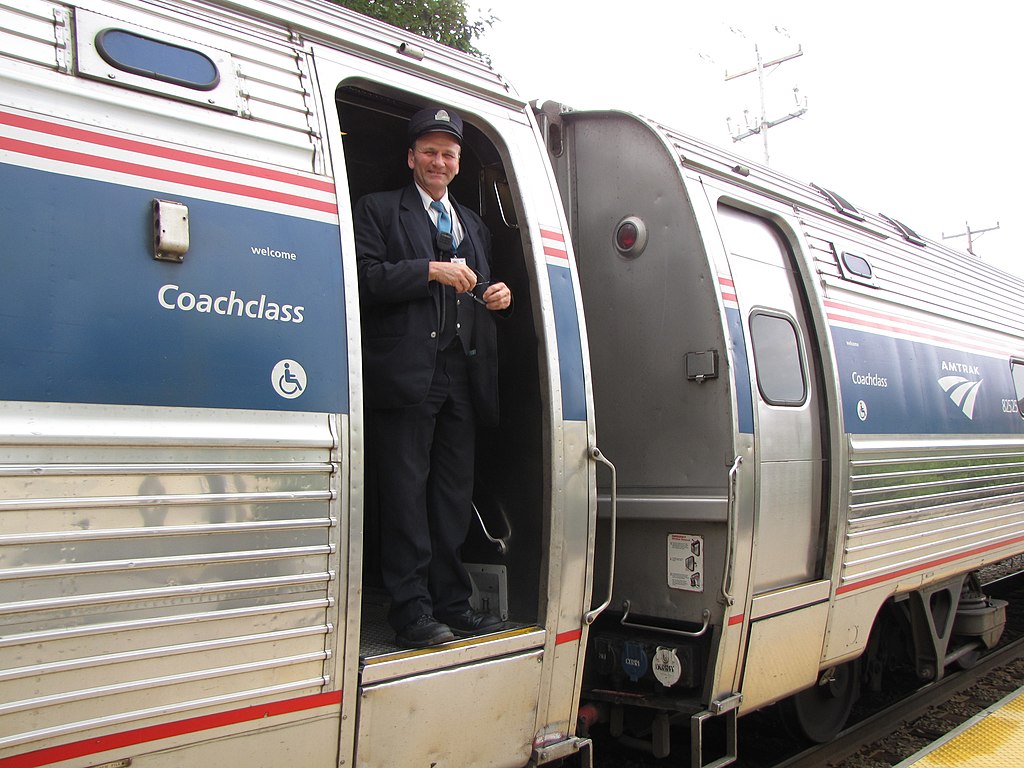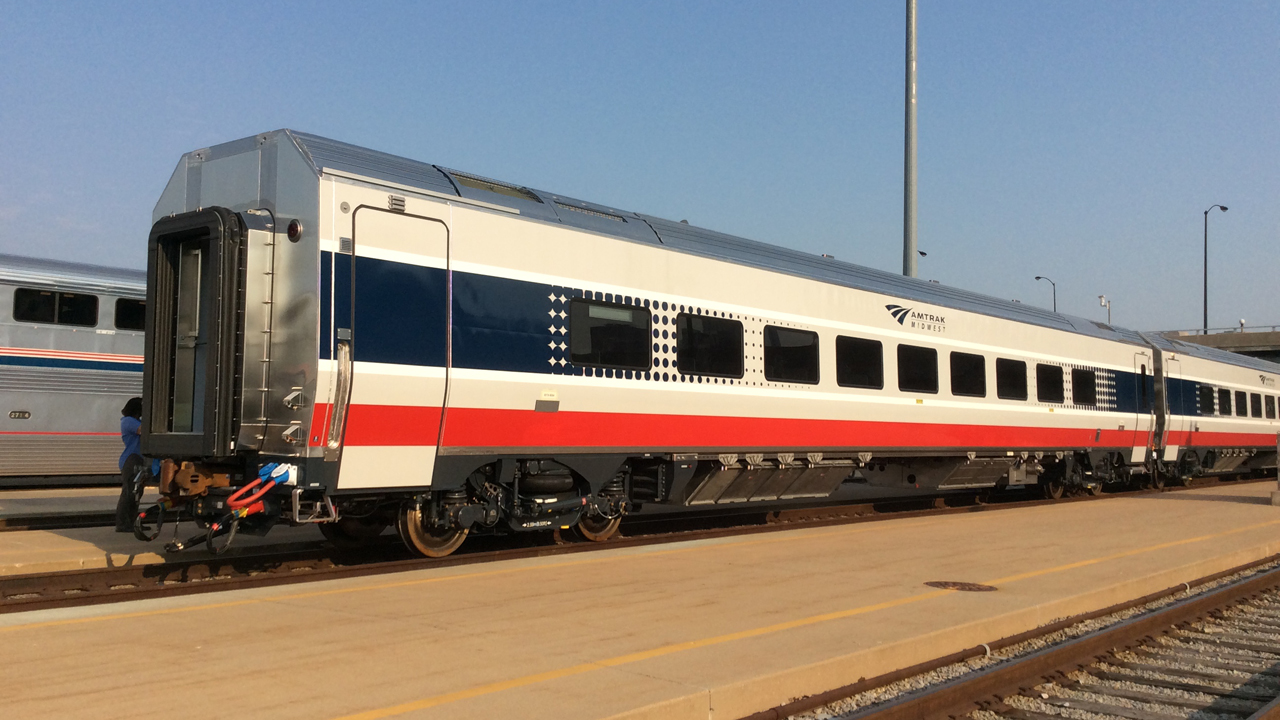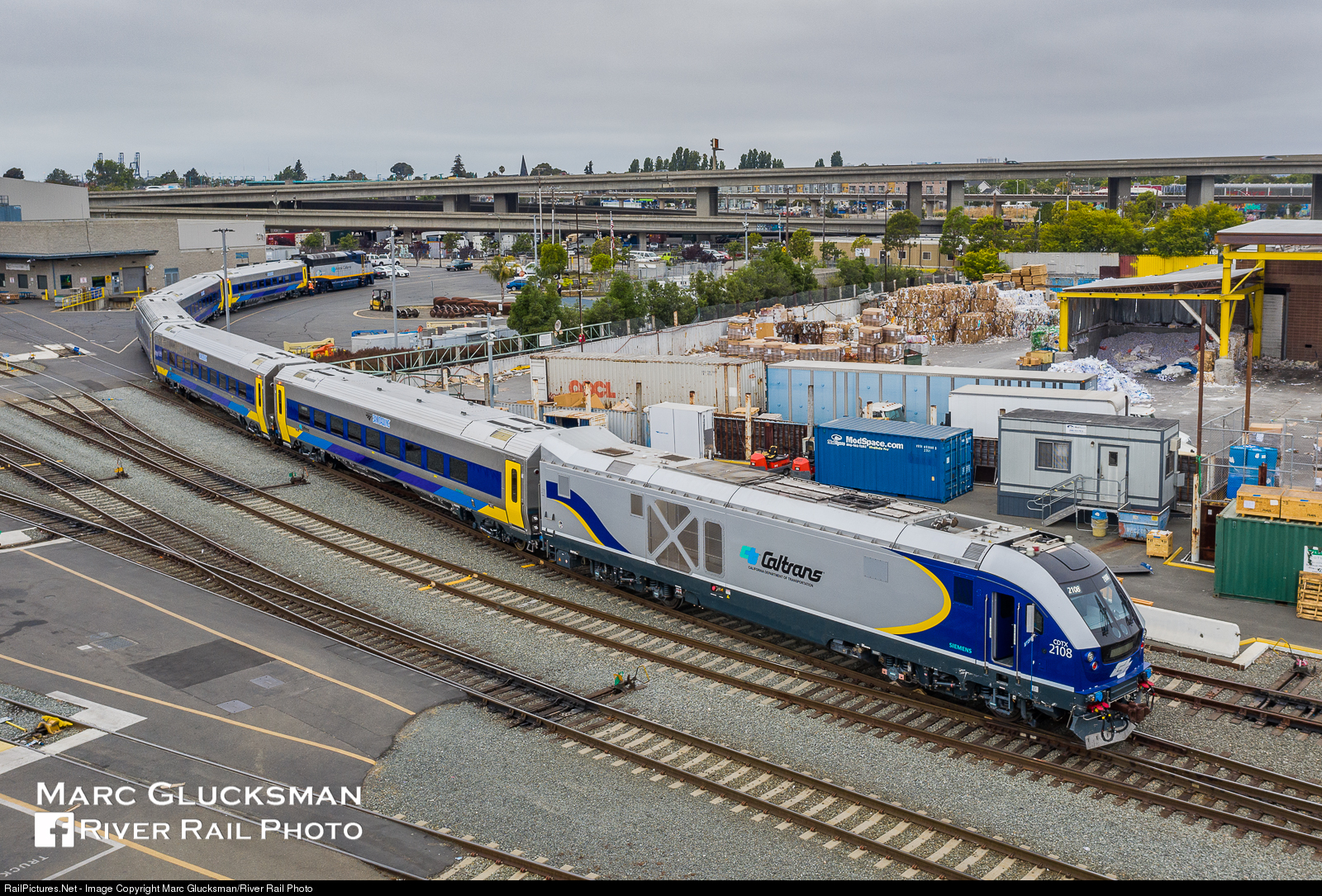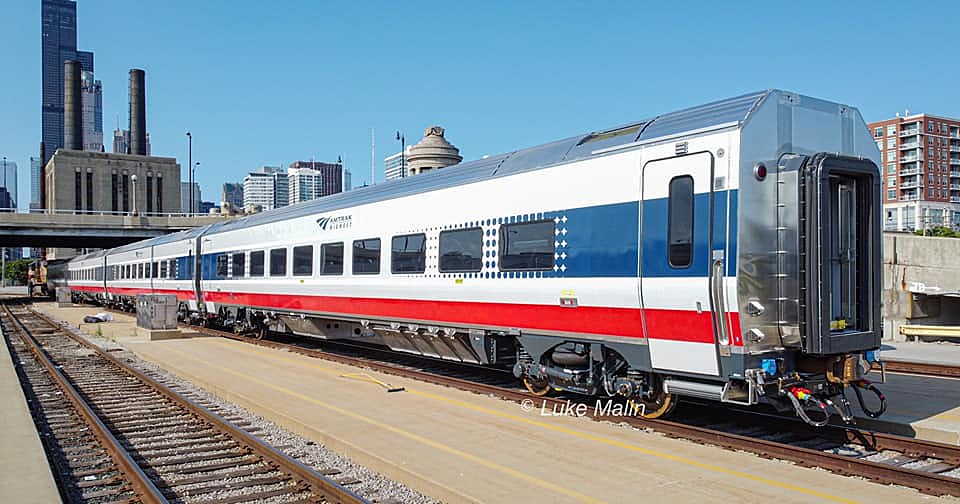In California?!!
Theyre supposed to start on the San Joaquin this summer
In California?!!
Theyre supposed to start on the San Joaquin this summer
With the same type of trains? I thought that Alstom was only making 28 train sets for the Northeast Corridor.
With the same type of trains? I thought that Alstom was only making 28 train sets for the Northeast Corridor.
It's...right...there...on...the...last...page. Top of the post, before the pretty pictures of the new cars.Post the link, please, so that I can find it. Thanks.



.jpg/1024px-Brightline_Arriving_At_Miami_Station_(28432071588).jpg)


I can't wait to see these show up in national livery and on regionals, though I'm really curious what Phase VII livery will look like for coaches, as the national post transition ALC42 Phase VII livery doesn't have the cheatline the Midwest fleet has, or even the phase VI and III liveries. Cheatlines look good on trains because they emphasize their inherent linearity, but following the trends established by the airlines, the new livery is a rather generic swoopy "dynamic in motion" thing. (which honestly reminds me of the Patriots jet)
View attachment 12340View attachment 12348
The better get reclining seats though. The Chicago pic doesnt look like they recline. The two story California cars dont have recline either.
Should be able to. A little bit, at least. Amtrak Coach Class guarantees that as a systemwide amenity on all Corridor (Amfleet, Horizon, Cali Car, Surfliner) routes, so at least some of the seats in each car are able to do that even if that isn't inclusive of all seats. The Long Distance configurations (Amfleet II, Superliner, Viewliner) have way more generous reclines and wider-spaced seats so you can lay almost flat, but it's supposed to be available across-the-board including for non-reserved seating.
Yes. It's in the PRIIA car specs that all doors can open at any platform, just like an Amfleet I. The short door has the low-level stairs tucked inside a covered compartment exactly as they are on the Amfleets. It takes one more flip move to expose the stairs. These long-door cars are for regions where *most* platforms are going to be low-level or gapped. The East Coast order may simply have the short door setup on both ends, unlike the Cali/Midwest ones with the long doors. If any of the Midwest cars get cycled onto the NEC, it may just be one end only that opens, sort of like an Amfleet II.So can both doors ever be used at the same time? It looks like:
left door is the trap and maybe a plate filler but I would worry about the plug door getting hung up on a real high platform (with wood edge)
The right door looks like the standard level boarding hi platform and also any platform that had a freight clearance set back where are the filler can shoot out from under the door




They look damn good in the wild imo:


https://www.railwayage.com/passenger/intercity/watch-siemens-midwest-amtrak-ventures/
Yes...aerodynamics with bi-levels. There are no bi's on corridor routes in the Midwest. On Caltrans a majority of the routes are bi-level.forgive my ignorance, but why does the Caltrans engine have the fairing on the rear, why the midwest one doesn't? Is this for aerodynamics when coupled with a different car set that is taller (double deckers)?
